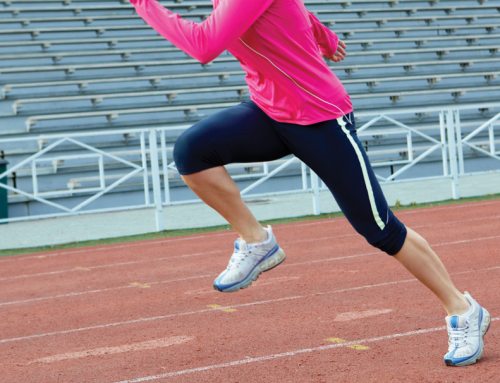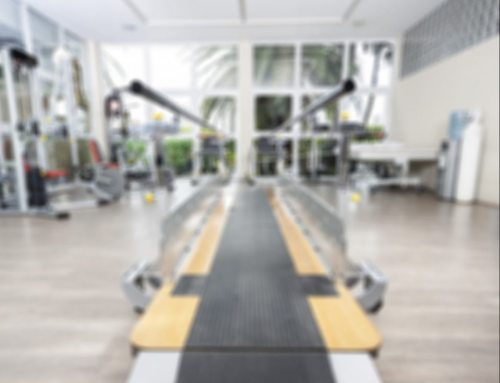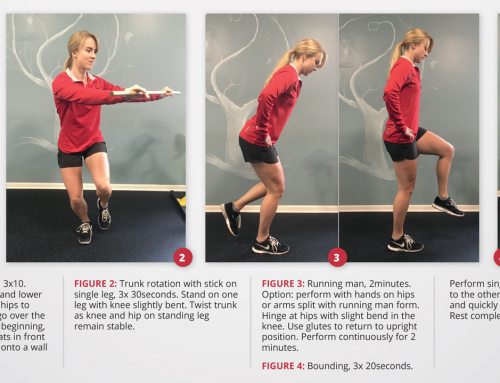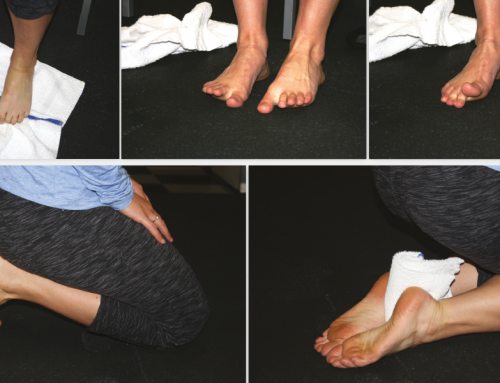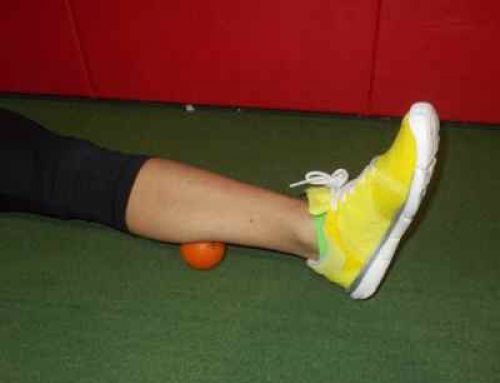By Catherine Duncan
What do shorter strides and higher cadence do to help prevent knee injury?
There are two key supporting hypotheses. First, there is a direct link between stride length and the recommendation to move from a heel-strike pattern to a forefoot/midfoot strike pattern. The latest research suggests that the location on the foot that hits the ground first (heel/mid/toe) is not as important as whether the foot is directly beneath the body once weight is transferred to that foot. Incidentally, while we normally walk with a heel-to-toe pattern, it is somewhat awkward to run that way if the foot is striking the ground directly beneath the body, but it is quite comfortable to land on the forefoot or mid-foot with the foot directly beneath the body. In order to achieve this landing pattern, you may need to do less “reaching” with the front leg while running, thus shortening the length of the stride.
Second, muscles have tremendous capacity for elastic recoil. If we find our “ideal” cadence, we are looking for the cadence at which we “bounce” easily; that is, we use the energy gathered from landing on one leg to then push off of that leg into the air. It is more efficient to use the energy gathered in the muscles in the landing process than to just absorb that energy into our bodies and let it go to waste. To illustrate, try jogging in place at a rate of one step per second. Then try the same at two steps per second, then three steps per second. At which “pace” do you feel the easiest bounce, the lightest on your feet? Research suggests that most of us will likely find the most efficient cadence to be between 180 and 200 steps per minute (i.e., three or more steps per second).
There are many running drills you can do to decrease your stride length and increase your cadence. Try jogging in place with a metronome app beeping at 180, then just lean forward and go! Another exercise is to try jogging while jumping rope. It’s fun and challenges your coordination as well. Check out this video from the Natural Running Center: http://naturalrunningcenter.com/2013/05/06/video-the-principles-natural-running/. Happy running!
# # #
Catherine Duncan, PT, ATC has enjoyed treating athletes and runners for 16 years and can be found at Proaxis Therapy in Carrboro as well as running all over soccer fields and town with her boys. Come visit one of the running specialists at Proaxis Therapy for injury prevention training one on one.


